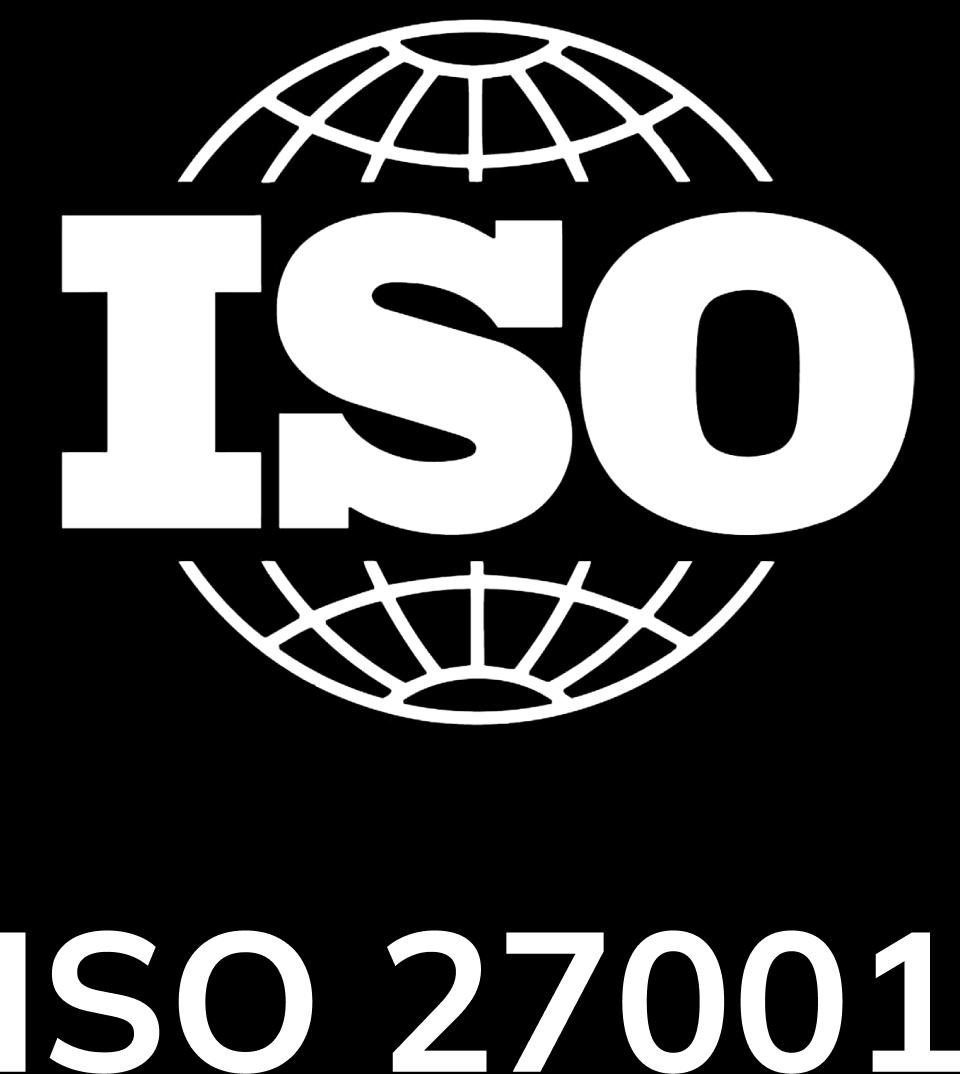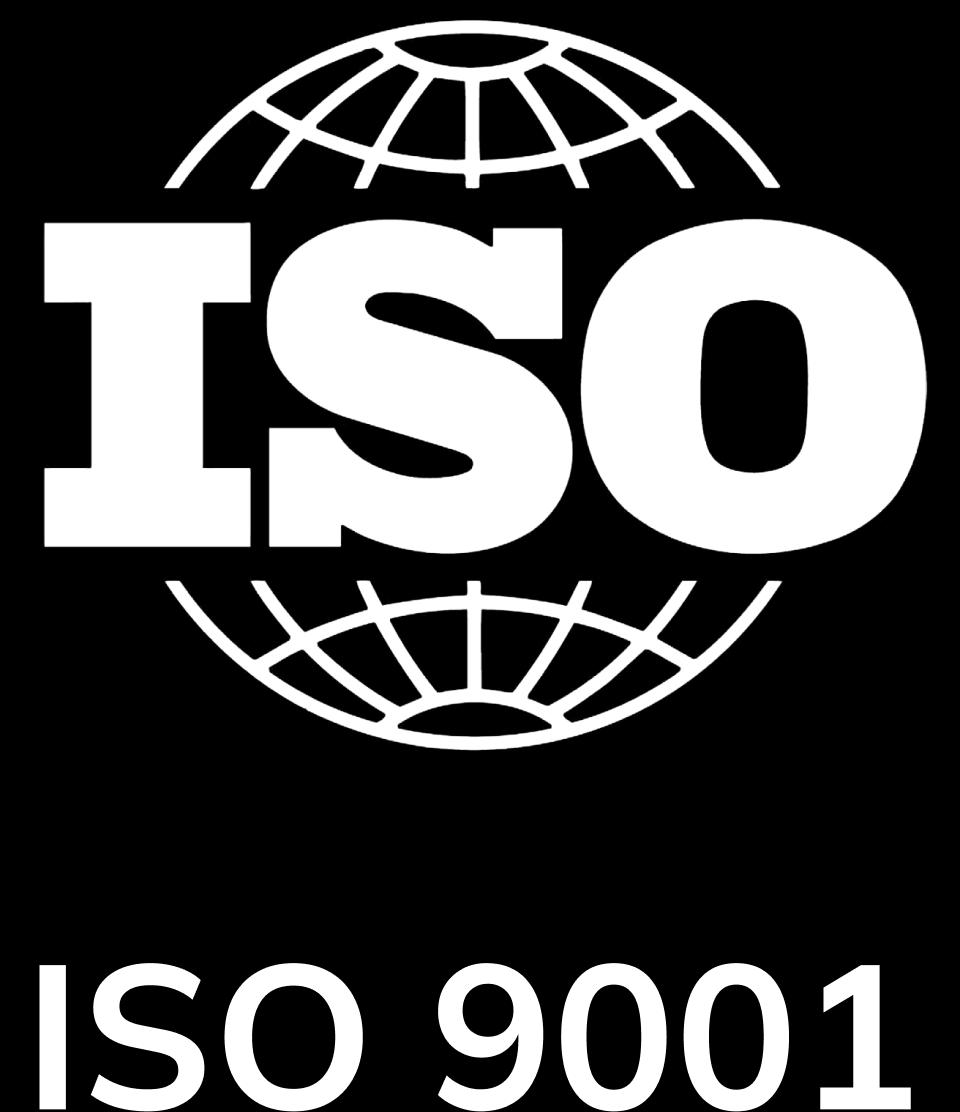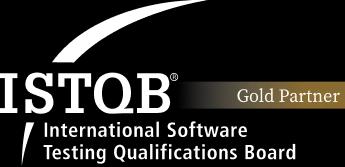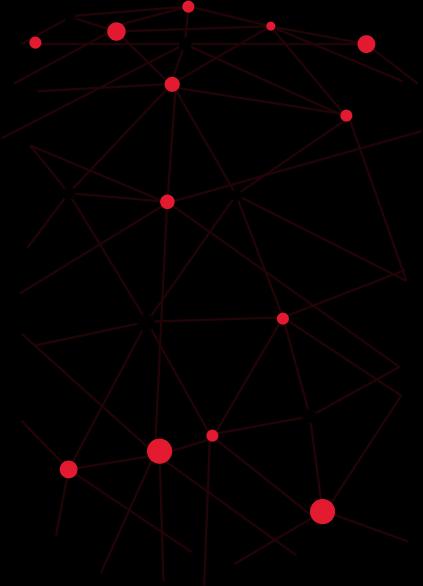
Software Development Models: Choose the Optimal Model for Your Project
In the field of information technology, software development models act as a guiding framework to structure and execute software projects effectively. An appropriate model not only ensures project timelines but also optimizes resources, minimizes errors, and enhances the quality of the final product. In this article, Tokyo Tech Lab shares everything you need to know about software development models - from their role in managing tech projects to the most common models today, and finally, a guide to choosing the most suitable model for your software development endeavors.
I. The Role of Software Development Models in Technology Project Management
Software development models form the foundation for organizing and guiding activities in a software project. They serve not just as an overarching plan but as a roadmap to help project teams operate effectively, reduce risks, and achieve their ultimate objectives. Below are the critical roles of software development models in project management:
1. Providing Clear Workflow Direction
Software development models help define the steps required throughout the project lifecycle, from requirement analysis and design to implementation, testing, and maintenance. A clear process enables team members to understand their responsibilities at each stage, ensuring tasks are completed on schedule and nothing is overlooked.
2. Minimizing Risks
Adopting an effective software development model helps reduce potential risks during project execution. Certain models, such as Spiral and Agile, integrate continuous analysis and testing, allowing early identification and resolution of issues before they escalate. This approach not only saves time but also reduces the cost of fixing errors. For instance, the Spiral Model is specifically designed to manage risks through iterative loops, ensuring that each risk is assessed and mitigated before moving to the next phase.

3. Enhancing Collaboration Among Stakeholders
One of the greatest advantages of software development models is their ability to foster collaboration among stakeholders, including clients, managers, and development teams. Flexible models such as Agile and Scrum actively encourage continuous client involvement through regular meetings and prompt feedback. This ensures the product meets real-world requirements while enhancing transparency in workflows. For example, in the Scrum Model, clients can review and evaluate progress after each sprint, ensuring alignment among all parties involved.
4. Quick Adaptation to Change
In a rapidly evolving technological landscape, customer requirements often change during project execution. Applying flexible models like Agile enables development teams to adapt to these changes seamlessly without disrupting progress. By breaking work into smaller sprints, teams can integrate new requirements into upcoming cycles effectively. For example, if a client requests a new feature for a mobile application development project, the Agile Model allows the team to adjust plans without compromising quality or deadlines.

Software development models not only allow scientific management of projects but also ensure efficient workflows, minimize risks, enhance collaboration, and enable flexibility in adapting to changes. Selecting the right model is key to achieving success and delivering a product that meets customer expectations.
II. Popular Software Development Models
1. Waterfall Model
The Waterfall model is considered one of the first software development methods and is still widely used in projects with clear and stable requirements. The workflow of this model is executed sequentially through stages. A distinctive feature is that the output of one stage becomes the input for the next stage, and it is not possible to go back to a previous stage once it has moved on to the next one.

Model Analysis:
- Requirement Gathering and Analysis: This stage focuses on collecting and analyzing requirements from the customer. All requirements are documented in the Software Requirement Specification (SRS).
- System Analysis: The technical team designs the software system, including defining the overall architecture and key components.
- Coding: The software is developed in modules (units). Each module is independently tested through Unit Testing before being integrated into the overall system.
- Testing: After integration, the system is thoroughly tested to detect and fix bugs, ensuring the product functions as specified in the requirement document.
- Implementation: The product is deployed in the customer’s environment or released to the market.
- Operations and Maintenance: This stage includes system maintenance, bug fixing, and handling change requests from the customer.
Advantages:
- Clear and manageable workflow.
- Easy to measure progress through each stage.
- Suitable for projects with stable requirements.
Disadvantages:
- Limited flexibility, difficult to adjust once a stage is completed.
- Not suitable for long-term or complex projects.
- Hard to return to previous stages to fix bugs or change requirements.
Applications:
The Waterfall model is suitable for:
- Small, short-term projects.
- Projects with clear, unchanging requirements.
2. Agile Model
The Agile model is a flexible software development approach focused on delivering the product to users as quickly as possible. Agile is considered a major improvement over traditional models like Waterfall or CMMI. It applies an iterative and incremental development approach, where requirements and solutions evolve through close collaboration between self-organizing, cross-functional teams.

Key Features of the Agile Model:
- Iterative and Incremental Approach: Agile breaks down the software development process into iterations (sprints). In each iteration, a part of the product is developed, tested, and refined. This allows the product to improve over time, rather than waiting until the entire product is completed before releasing it to the market.
- Function-Based Development: Each function is developed and completed individually.
- Work Division: In Agile, tasks are broken down into short timeframes (sprints) to complete specific features before the final release.
Advantages:
- Features are built quickly, clearly, and are easy to manage.
- Easy to add or change requirements as needed.
- Simple, understandable documentation that reduces time and effort spent on management.
- Enhances team spirit and improves communication efficiency.
Disadvantages:
Although popular, Agile is not suitable for all software projects:
- Not effective for handling complex dependencies.
- Requires highly experienced teams and frequent customer interaction.
- Difficult to transfer technology or train new members due to a lack of detailed documentation.
- High risk regarding sustainability, maintainability, and scalability.
Applications:
The Agile model is suitable for:
- Projects requiring high customer involvement and interaction.
- Projects needing quick completion of features.
- Long-term or complex projects, such as lab projects, where Agile is used throughout both development and maintenance phases.
3. Scrum Model
The Scrum model is a flexible software development method that divides the process into short phases called Sprints (usually lasting 1 to 4 weeks). Each Sprint focuses on a specific set of requirements, with the goal of completing the product after each phase. The Scrum process includes three main elements: Organization, Documentation, and Process.
In each Sprint, the team first plans the requirements to be implemented, then proceeds with coding and testing to ensure the product is complete, functional, and ready for demonstration.

The Scrum model requires daily meetings (Daily Scrum) where team members briefly report their progress, plans, and challenges (usually lasting 15-20 minutes). Scrum focuses on meeting customer needs through flexible and rapid development, continuously adjusting and improving the product throughout the development process.
Key Factors of the Scrum Process:
Organization:
- Product Owner: The product owner is responsible for defining and managing the Product Backlog (list of functions to be developed).
- Scrum Master: The Scrum Master coordinates and ensures that Scrum processes are executed correctly and effectively.
- Development Team: The development team (4-7 members) is responsible for developing, testing, and completing the product.
Documentation (Artifacts):
- Product Backlog: A list of all the functions to be developed for the product.
- Sprint Backlog: A list of functions to be developed in a specific Sprint.
- Estimation: The results of the team's work estimation.
Process:
- Sprint Planning Meeting: Planning and scheduling for each Sprint.
- Daily Scrum Meeting: A brief daily meeting to update progress and address issues.
- Sprint Review: A summary and evaluation of the Sprint's results and presentation of the completed product.
Scrum allows for continuous and flexible product development, making it easy to adjust according to customer feedback throughout the process.
Advantages:
- Early detection of errors.
- Flexibility with continuously changing customer requirements.
- Suitable for projects with unclear initial requirements.
- Customer-focused development, leading to higher satisfaction.
Disadvantages:
- Requires skilled and experienced team members.
- Time and budget are difficult to determine clearly.
- The role of the Product Owner is crucial; if not performed well, it can affect the entire project.
4. Spiral Model
The Spiral model combines elements of the Waterfall and Prototyping models, focusing on risk management throughout the software development process. This model is often applied to large, complex projects with high costs and time requirements.

Model Analysis:
The development process in the Spiral model is divided into iterative phases, each consisting of the following steps:
- Objective Identification: Identify specific goals for each phase, including technical requirements and business objectives.
- Risk Evaluation and Mitigation: Assess potential risks in the project and take measures to mitigate them.
- Product Development: Use an appropriate development model to create system components or features.
- Next Phase Planning: Evaluate the results of the current phase and plan in detail for the next phases.
Advantages:
- Optimizes risk management in each phase.
- Allows for early detection and resolution of critical issues.
- Suitable for large projects requiring high quality and reliability.
Disadvantages:
- Requires a highly skilled project management team.
- Development costs and time are higher than other models.
- Not suitable for small or low-risk projects.
- Can lead to an infinite loop if requirements are not well controlled.
Applications:
The Spiral model is typically used in:
- Large, complex systems requiring high-risk management.
- Projects with many distinct stages or phases.
5. Iterative Model
The Iterative model focuses on software development through repeated iterations, starting from the initial version until all requirements are fully met. After each iteration, the software is improved, and a new version is created, allowing adjustments and enhancements based on customer feedback.

Key Features:
- Instead of developing the software entirely based on the initial specifications, this model allows for continuous testing and adjustments to achieve the optimal product.
- Each iteration results in a usable version of the software, enabling customers to evaluate and provide feedback.
Advantages:
- Allows for clear step-by-step development and product improvement.
- Reduces documentation time compared to design and development time.
- Some features can be completed early, enabling timely customer feedback.
- Easy to manage risks and minimize costs when scope or requirements change.
- Software is produced early in the project lifecycle, allowing customers to participate in development.
Disadvantages:
- Requires more resources than traditional models.
- Design or architecture issues may arise at any point, requiring immediate resolution.
- Project management becomes more complex, especially when handling repeated iterations.
- Project timelines depend heavily on the analysis and risk management stages.
Applications:
The Iterative model is suitable for:
- Projects with defined main requirements but needing adjustments or additional features during development.
- Projects using new technologies, where the development team needs to learn and adapt during the process.
- Large, important projects requiring flexible management and adjustments.
6. Incremental Model
The Incremental model divides the software development process into smaller, manageable parts. Each part (module) goes through the entire development lifecycle, including requirements gathering, design, implementation, testing, and deployment.

The key feature of this model is that the product is not developed fully from the start but is built and released in increments. This allows customers to use and provide feedback on the product earlier, facilitating adjustments and improvements over time.
Advantages:
- Rapid development: Each module is developed separately, shortening the time to get the first version.
- Flexibility: The model easily adapts to changes in scope or requirements.
- Easy to test and debug: Developing small modules makes it easier to test, detect, and fix bugs before integration into the complete system.
Disadvantages:
- Requires good planning and design: To ensure consistency and efficiency, detailed planning and system design are needed from the start.
- Higher costs than the Waterfall model: Total costs may increase due to the need for repeated testing and integration.
Applications:
The Incremental model is applied in:
- Projects with clear, well-defined requirements.
- Projects where the customer needs a product early for evaluation or use.
7. V Model
The V-Model is an extension of the Waterfall model, where each software development phase is paired with a corresponding testing phase. This model has a high degree of discipline, ensuring that each phase only begins when the previous one is completed.
A key feature of the V-Model is the integration of testing from the start, which helps detect and resolve issues earlier, thus improving product quality.

Advantages:
- The development process follows strict, disciplined stages, making it easier to manage.
- Effective for small projects, performing well when requirements are clearly defined and unlikely to change.
- Easy to understand and simple to follow, with clear stages that help teams work according to the plan.
Disadvantages:
- Difficult to manage risks: No flexible mechanism to handle unexpected changes or risks.
- Not suitable for complex projects: This model is less effective for large, long-term projects or those with frequent requirement changes.
- High cost of risk: When mistakes occur in the early stages, fixing them later can be more costly.
Applications:
The V-Model is suitable for:
- Projects with clear and stable requirements.
- Products where the technology is well understood by the development team.
- Short-term projects or those with minimal changes in requirements.
8. RAD Model (Rapid Application Development)
The RAD model focuses on rapid software development through prototyping. Functions are developed simultaneously as prototypes and then integrated into the final product. This model optimizes reusability by ensuring that prototypes and development components can be reused in future projects, saving time and costs for subsequent projects.

Advantages:
- Shortens product development time.
- Increases the reusability of software components.
- Supports fast customer evaluation and feedback.
Disadvantages:
- Requires a highly skilled development team.
- Only suitable for projects with a modular structure.
Applications:
- Suitable for projects with clear modular structures.
- Applied when customer requirements change rapidly within a short timeframe (2-3 months).
- Requires an experienced design and development team willing to incur higher costs.
III. How to Choose the Right Software Development Model?
Choosing the right software development model is a critical factor that determines the success of a project. Each development model has its own advantages and disadvantages, and the selection depends on various factors. To choose the right model, consider the following factors:
1. Scope and Nature of the Project
Small and Clear Projects: If the project has clear requirements and does not change much during development, models such as Waterfall or V-Model are appropriate. These models require development stages to be performed sequentially, with little change in requirements.

Large and Complex Projects: For complex projects that require continuous changes or are not clearly defined from the start, models like Agile, Scrum, or Spiral are more suitable. These models allow flexibility in change, risk control, and incremental software development, making it easier to adjust to new requirements.
2. Time and Budget
Short Development Time: If the project needs to be developed quickly and the product must be used soon, models like RAD (Rapid Application Development) or Scrum can save time by breaking down tasks and using prototypes. These models allow you to complete parts of the project and receive early feedback from customers.
Limited Budget: If the budget is limited and changes cannot be made frequently during development, models like Waterfall or V-Model are reasonable choices because they have clear processes and fewer changes, helping to minimize additional costs.
3. Customer Involvement
Continuous Customer Involvement: If the project requires frequent interaction with the customer to gather feedback, Agile or Scrum will be the best options. These models encourage continuous communication with the customer throughout development, ensuring that the product meets real user needs.

Minimal Customer Involvement: If the customer does not directly participate in the development process and the requirements are clearly defined from the start, models like Waterfall or V-Model might be more effective, as the requirements are finalized before development begins and are less likely to change during the process.
4. Requirements for Flexibility and Change
Few Changes Required: Models like Waterfall or V-Model are suitable if the project requirements change little throughout the development lifecycle. These models help manage projects in a clear and precise way, with minimal risk of changes during development.
Frequent Changes: If the project may have constantly changing requirements or is not fully defined from the start, models like Agile, Scrum, or Spiral are more suitable. These models allow software to be developed in stages, with quick adjustments based on customer feedback or changes in requirements.
5. Development Team
Experienced Team: If the development team has strong experience, flexible models like Agile or Scrum can be easily applied, as these models involve self-managed teams that require frequent interaction with the customer. These models demand autonomy and good teamwork skills.

Inexperienced Team: If the development team has little experience or is not familiar with flexible methods, models like Waterfall or V-Model may be a safer choice because they have clear development processes that are easy to manage and require fewer changes during development.
6. Nature of the Product
Stable Product: If the product has stable requirements and changes little throughout the development lifecycle, models like Waterfall, V-Model, or Incremental will be effective, as they require clear requirements and design from the start.
Complex Product Needing Continuous Development: If the product is complex or needs to be continuously developed to improve or add features, models like Agile, Scrum, or Spiral are more suitable, as they allow changes and development in stages.
Choosing the right software development model depends on various factors such as scope, time, budget, customer involvement, flexibility of requirements, and the team's capabilities. There is no one-size-fits-all software development model. Therefore, thoroughly evaluating these factors will help you choose the appropriate model, optimize the development process, and ensure project success.
IV. Conclusion
Choosing the right software development model is a key factor in the success of any software project. Each model has its own advantages and limitations, and the selection should be based on factors such as project nature, time, budget, change requirements, and customer involvement. Understanding the models and applying them correctly will help projects develop effectively, reduce risks, and deliver maximum value to customers. This article from Tokyo Tech Lab provides insights into various software development models. We hope this article has provided useful and interesting information. Don’t forget to follow our blog for more valuable technology insights!
SHARE THIS ARTICLE
Author
Huyen TrangSEO & Marketing at Tokyo Tech Lab
Hello! I'm Huyen Trang, a marketing expert in the IT field with over 5 years of experience. Through my professional knowledge and hands-on experience, I always strive to provide our readers with valuable information about the IT industry.
More Posts



About Tokyo Tech Lab
Services and Solutions
Contact us
© 2023 Tokyo Tech Lab. All Rights Reserved.







